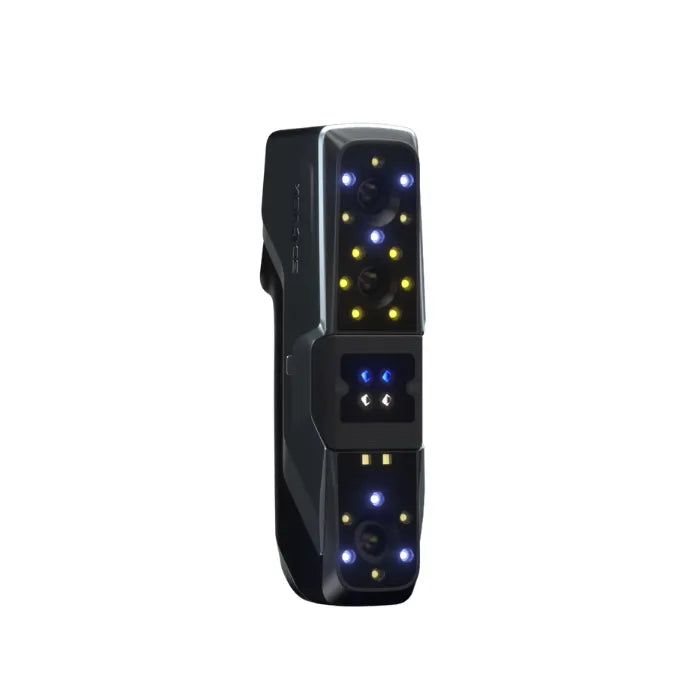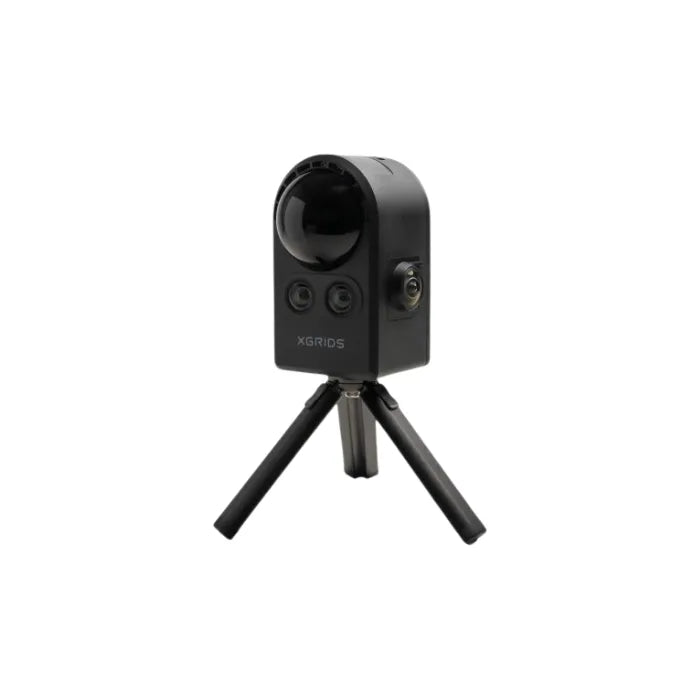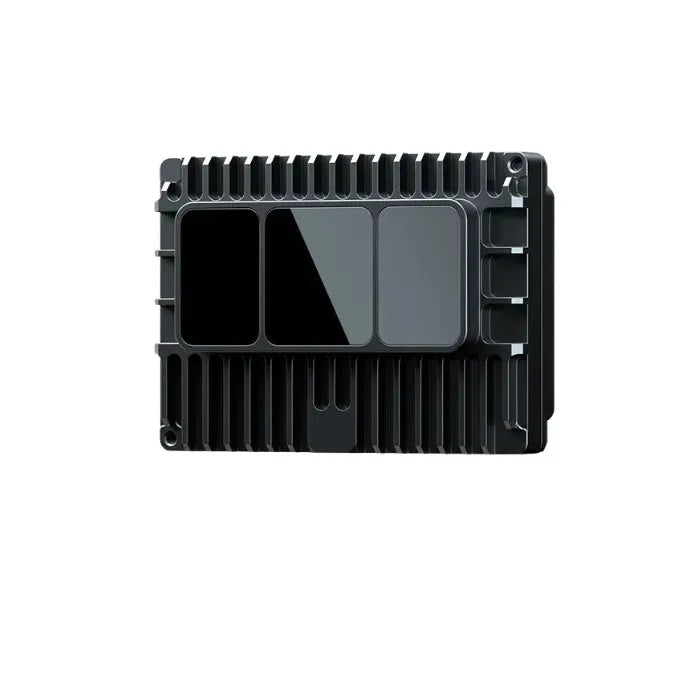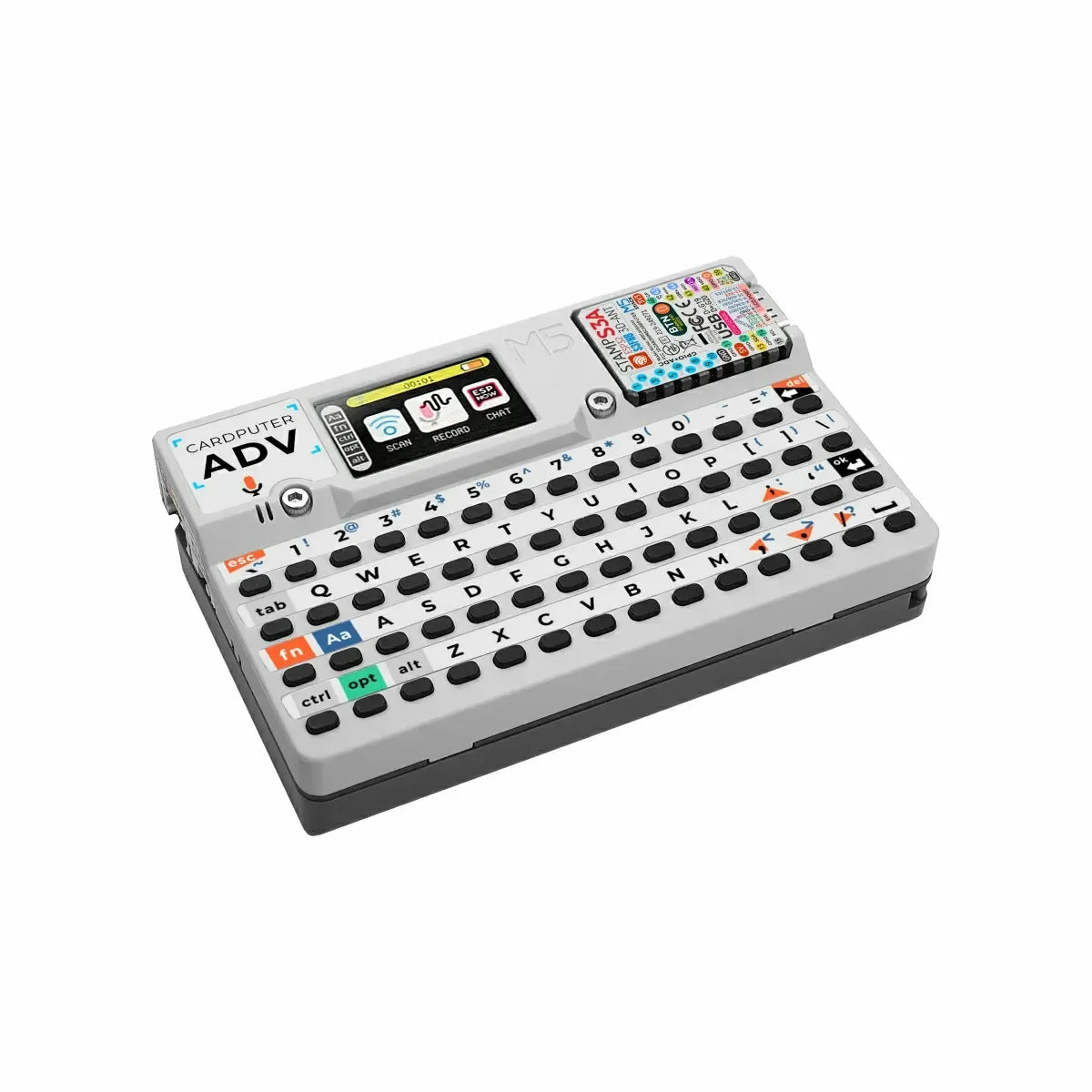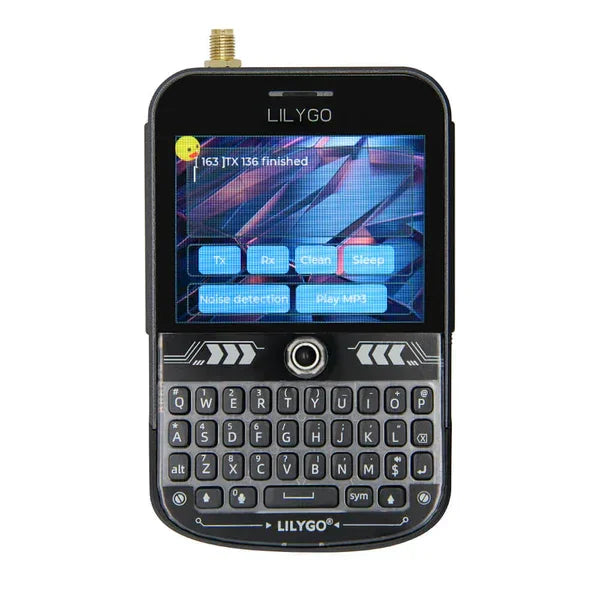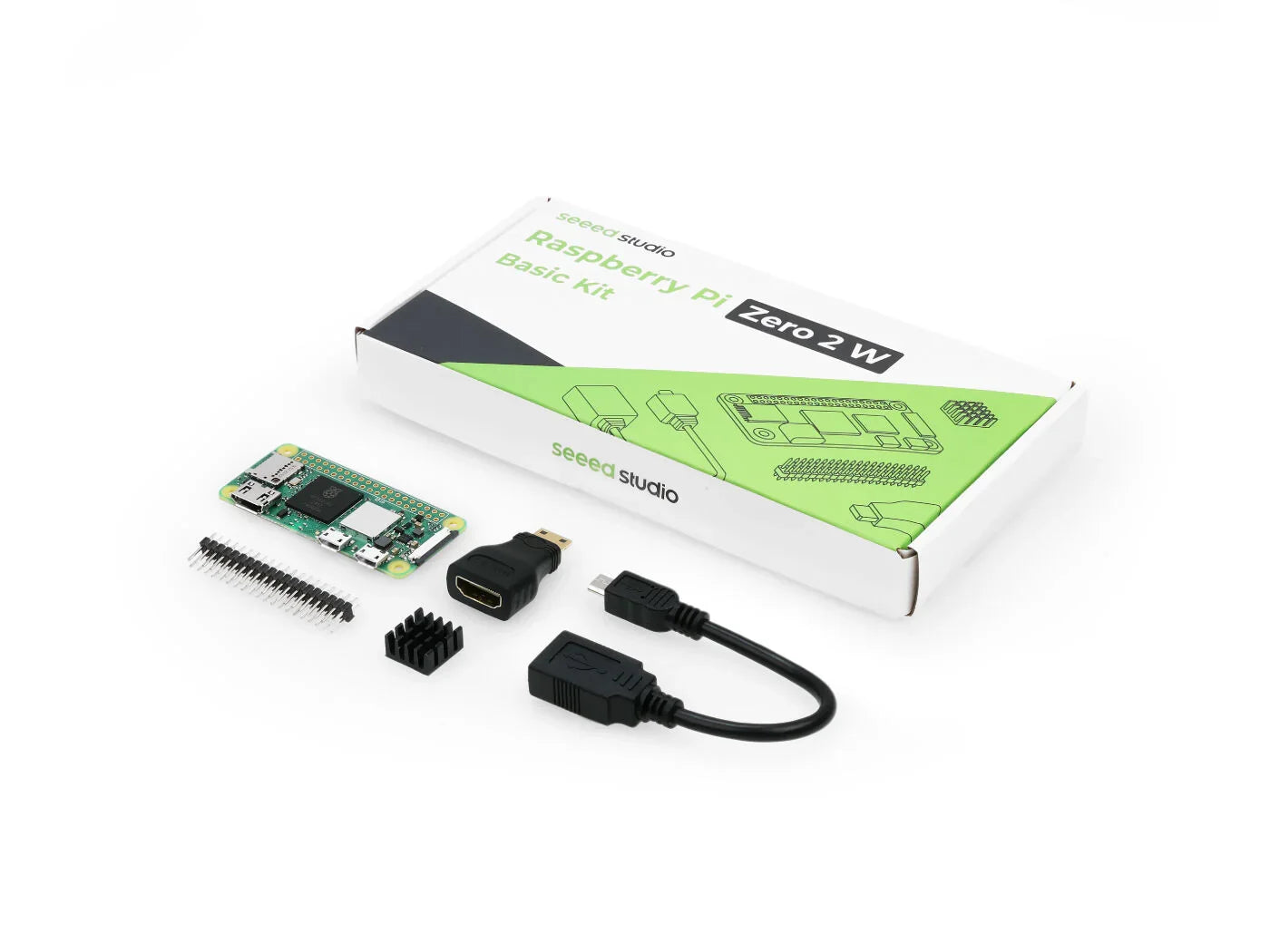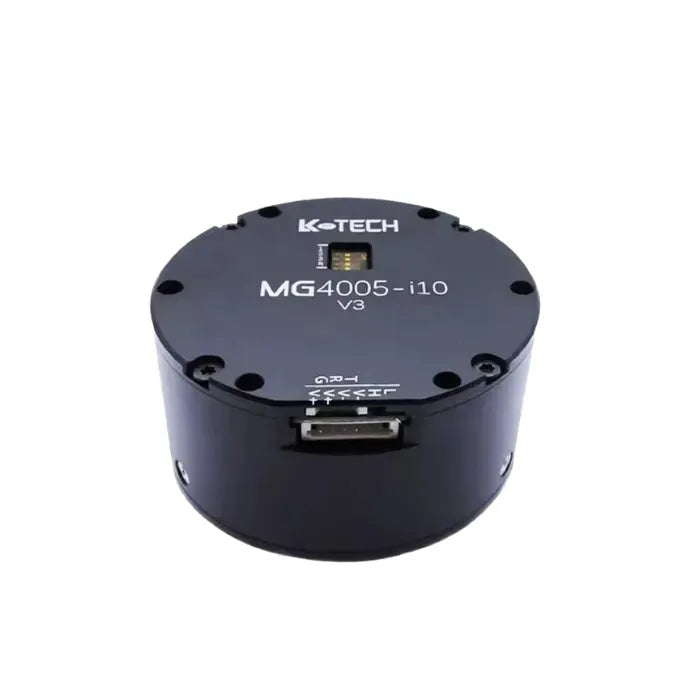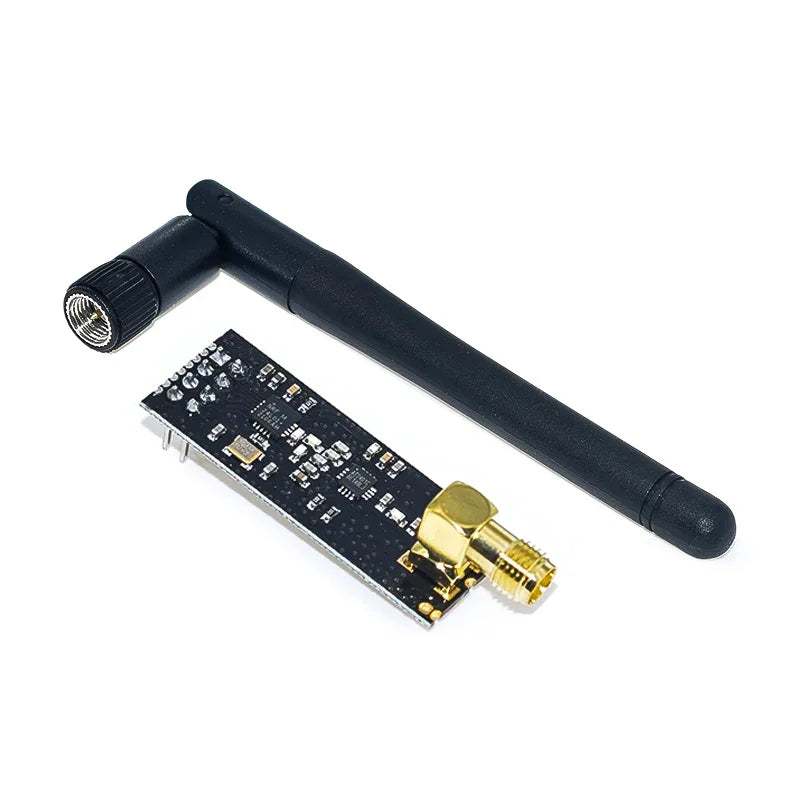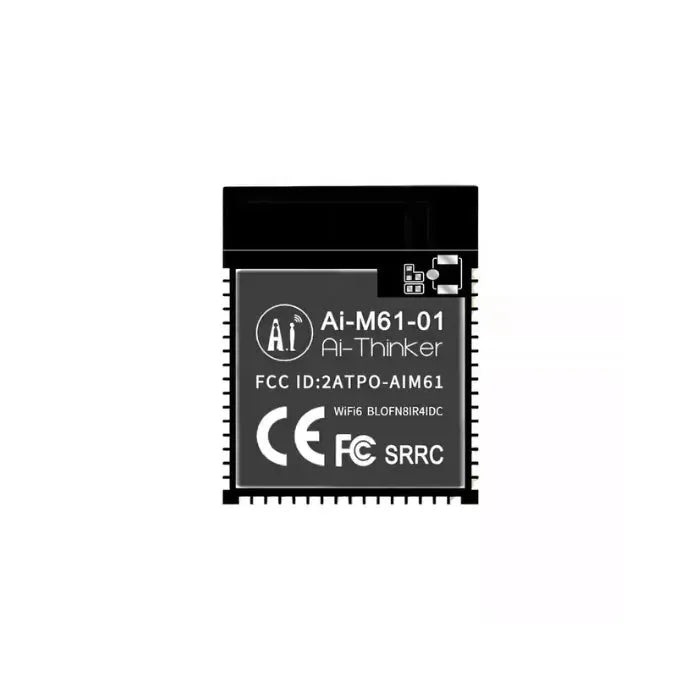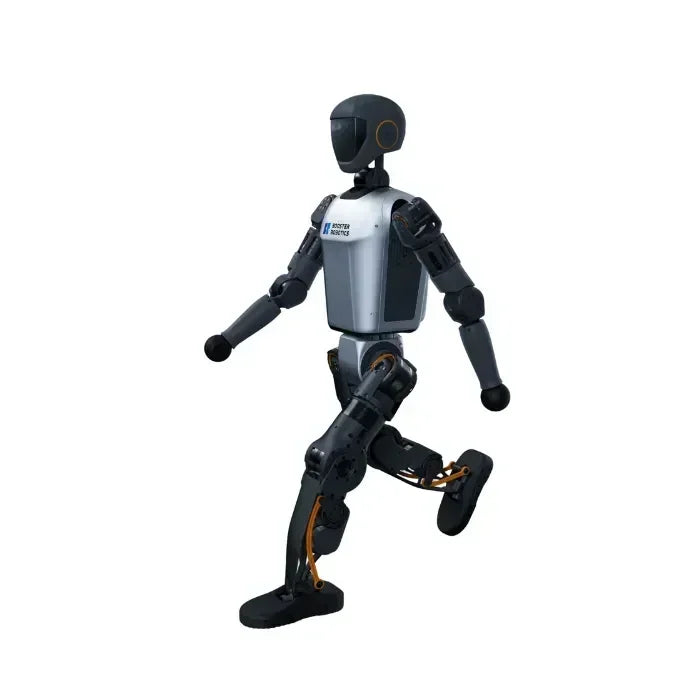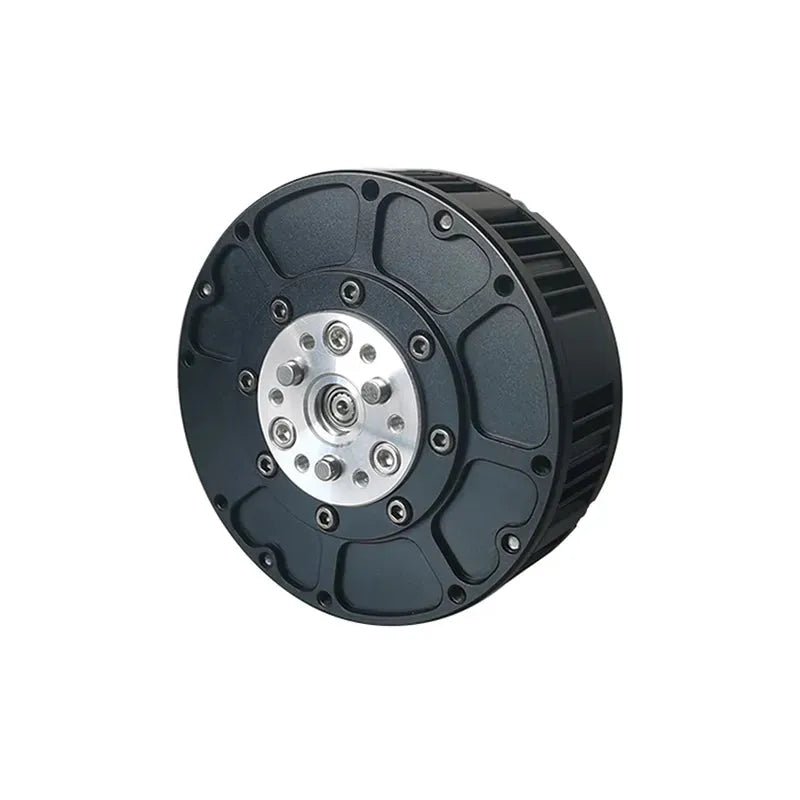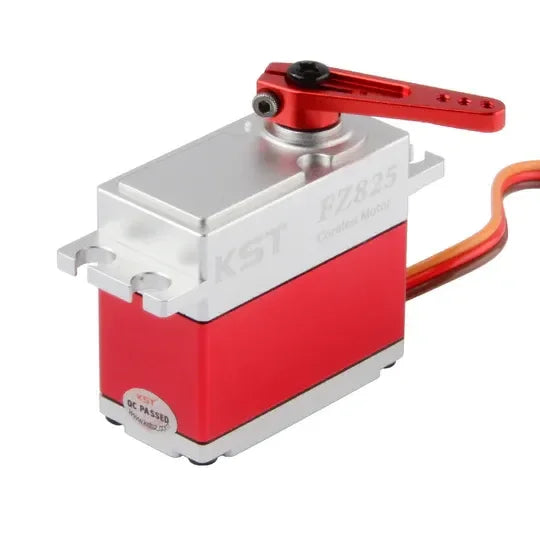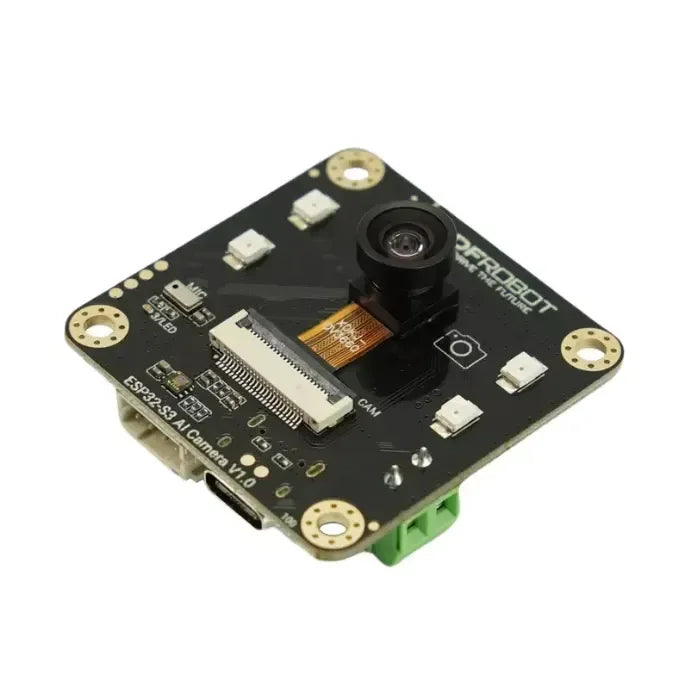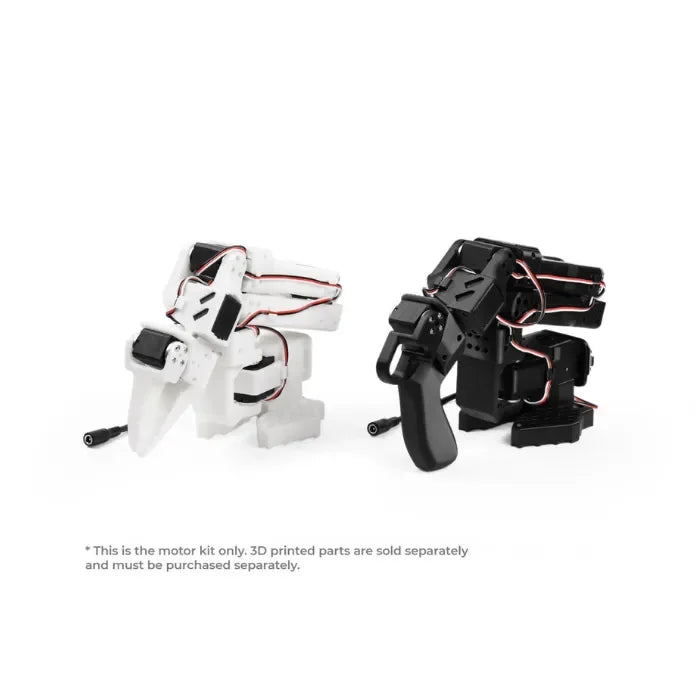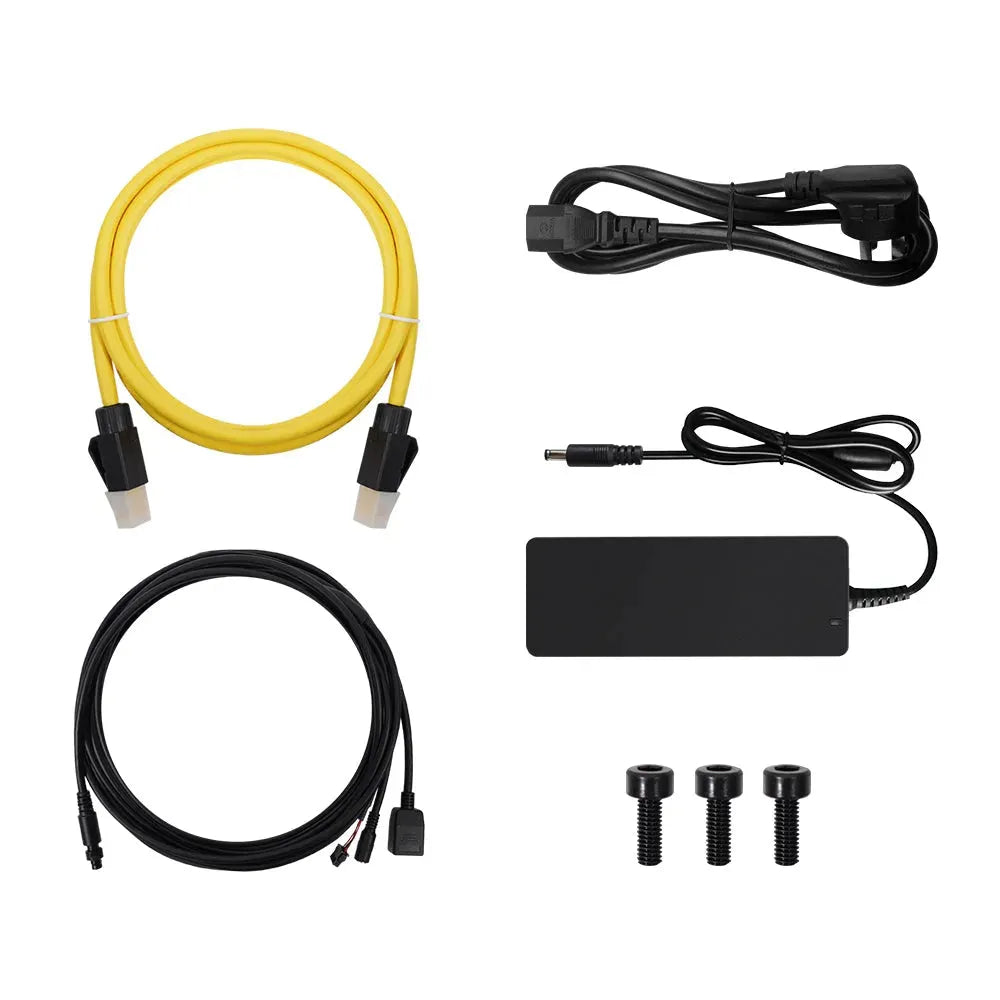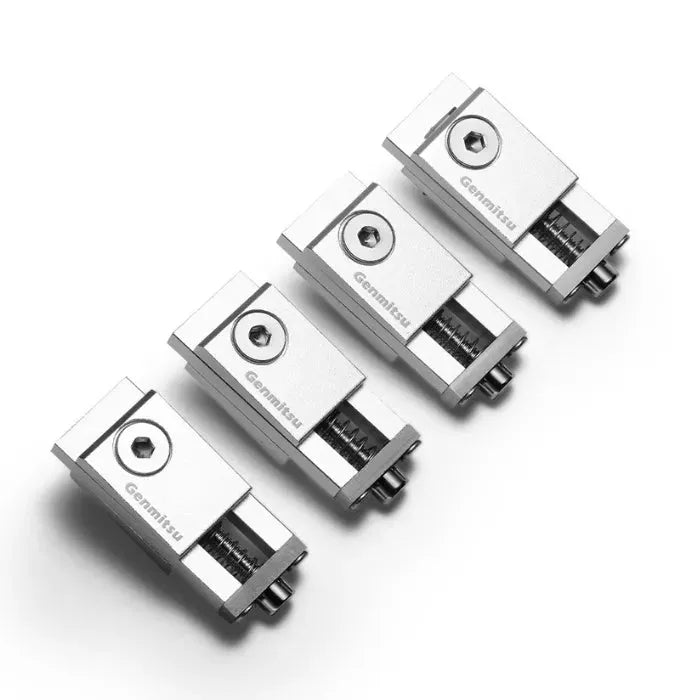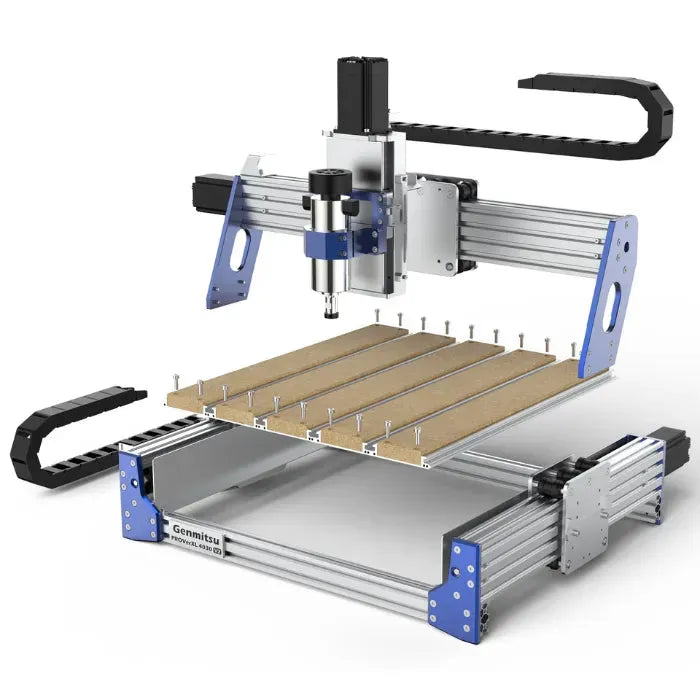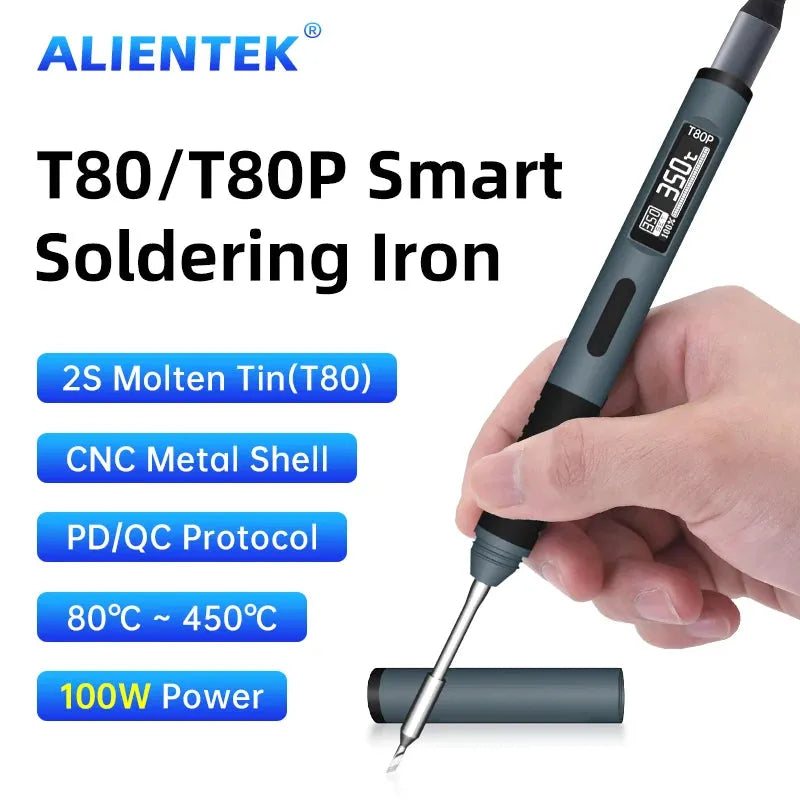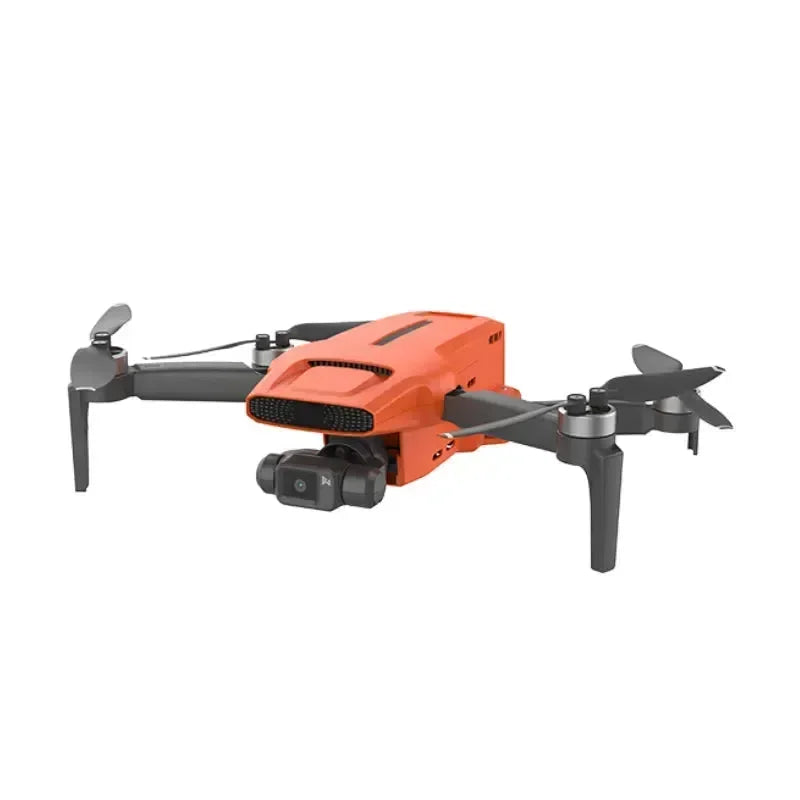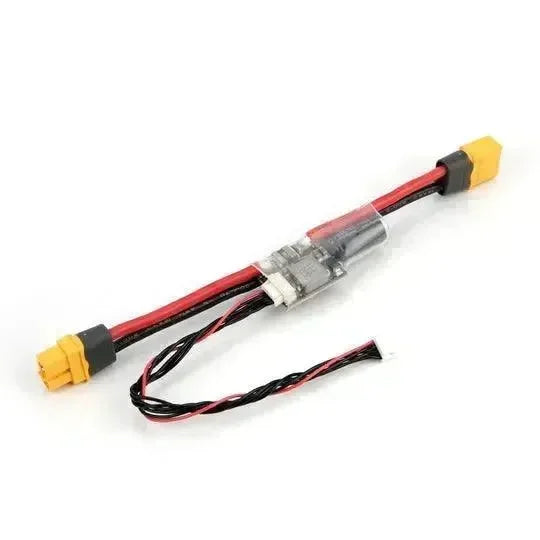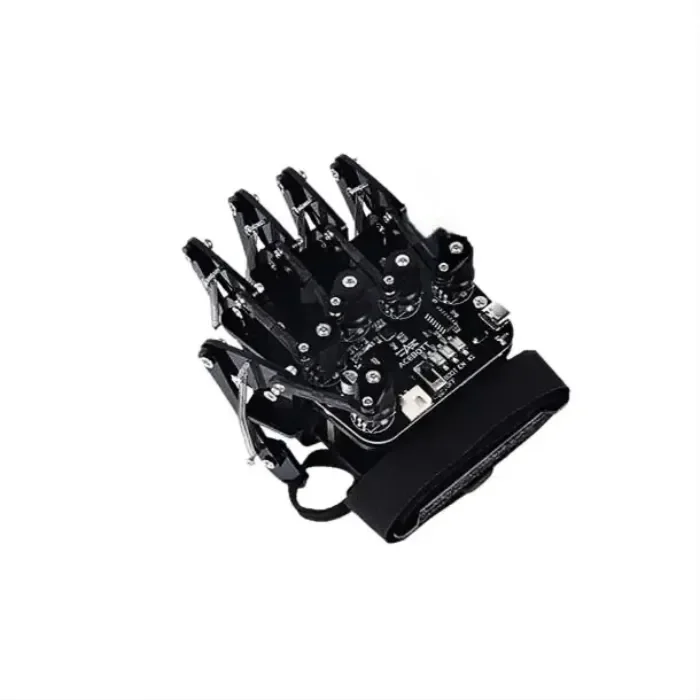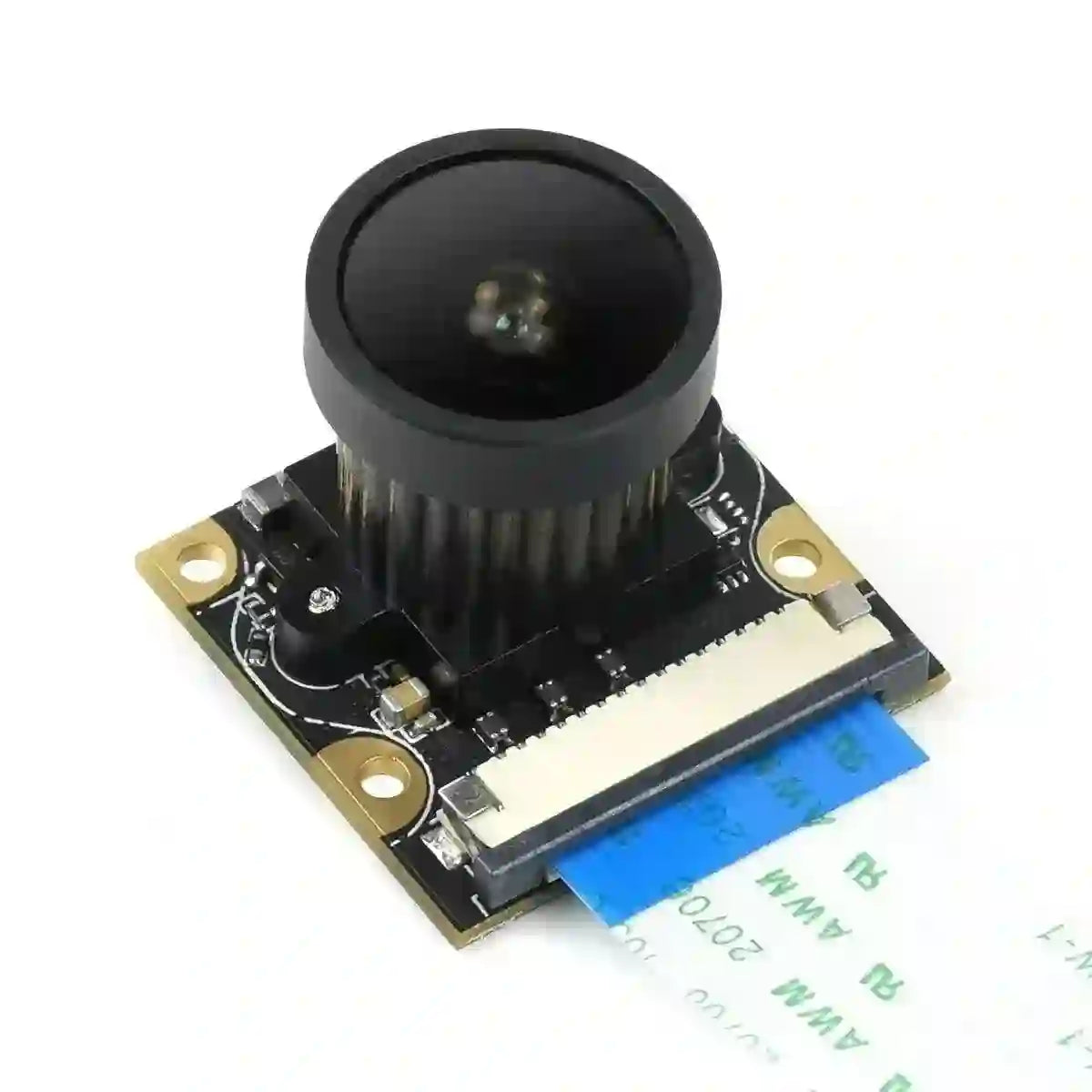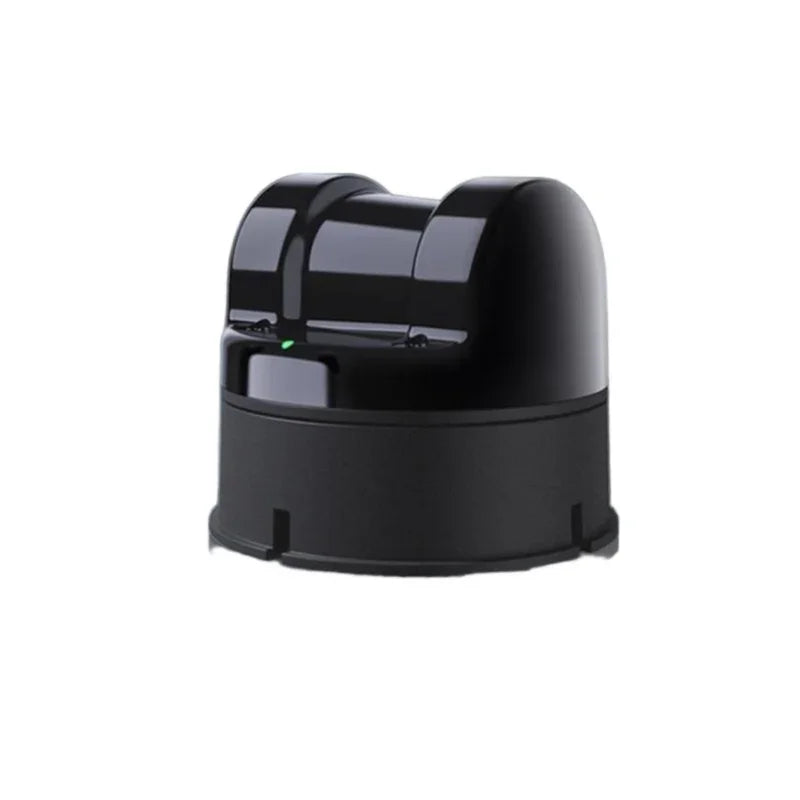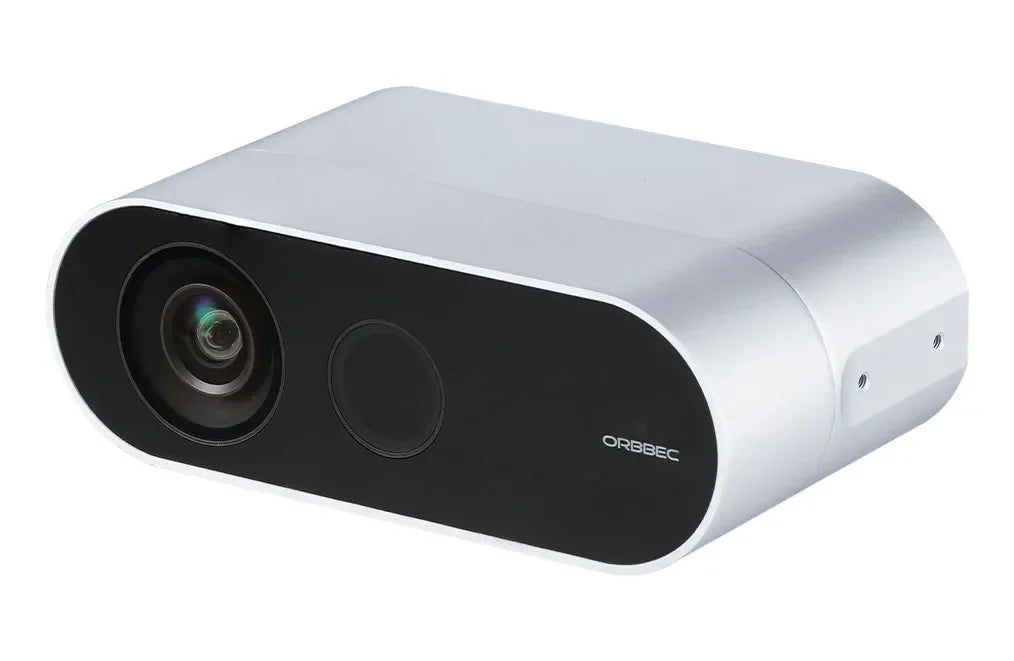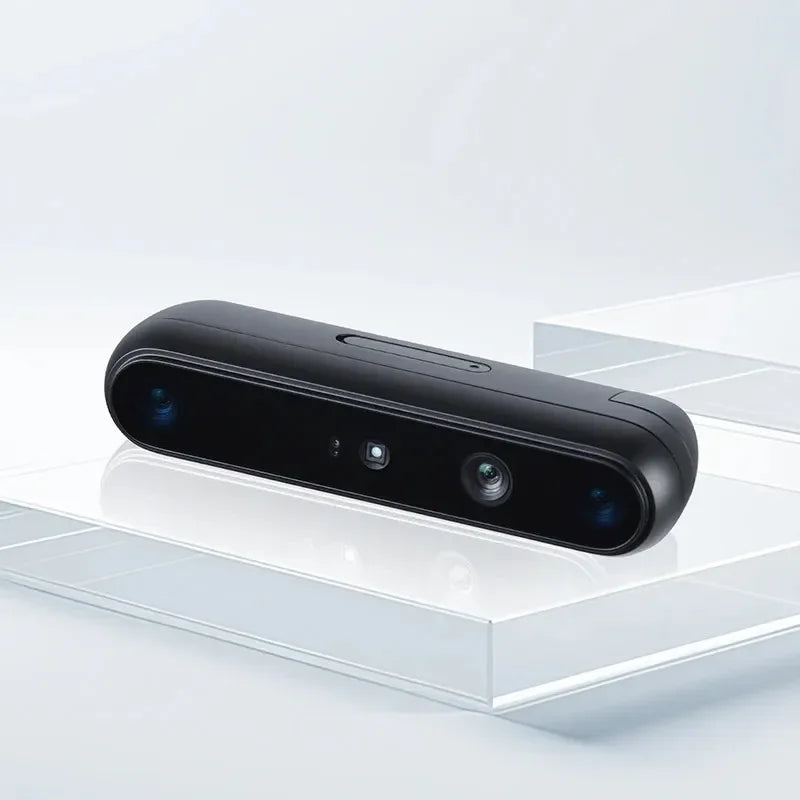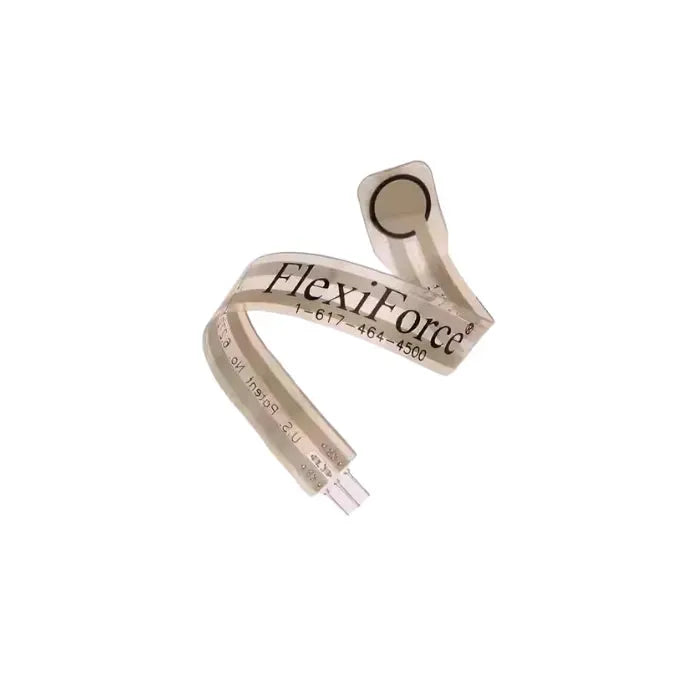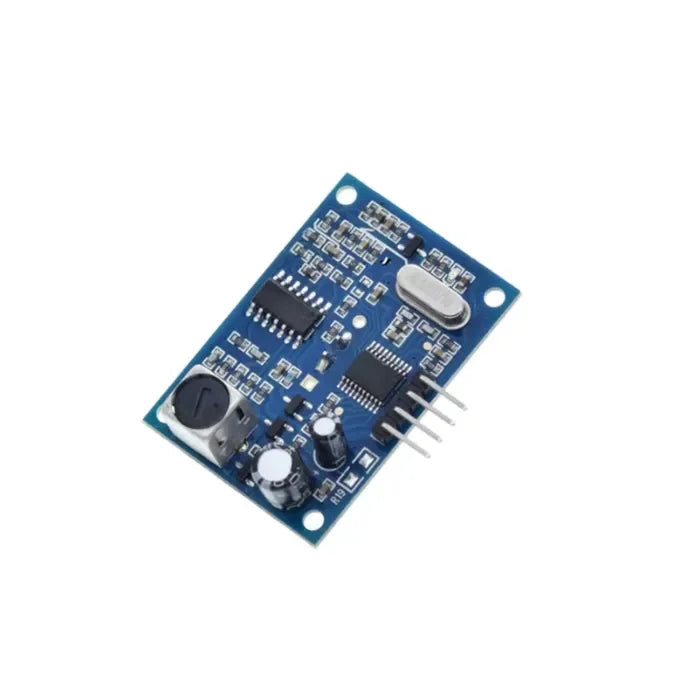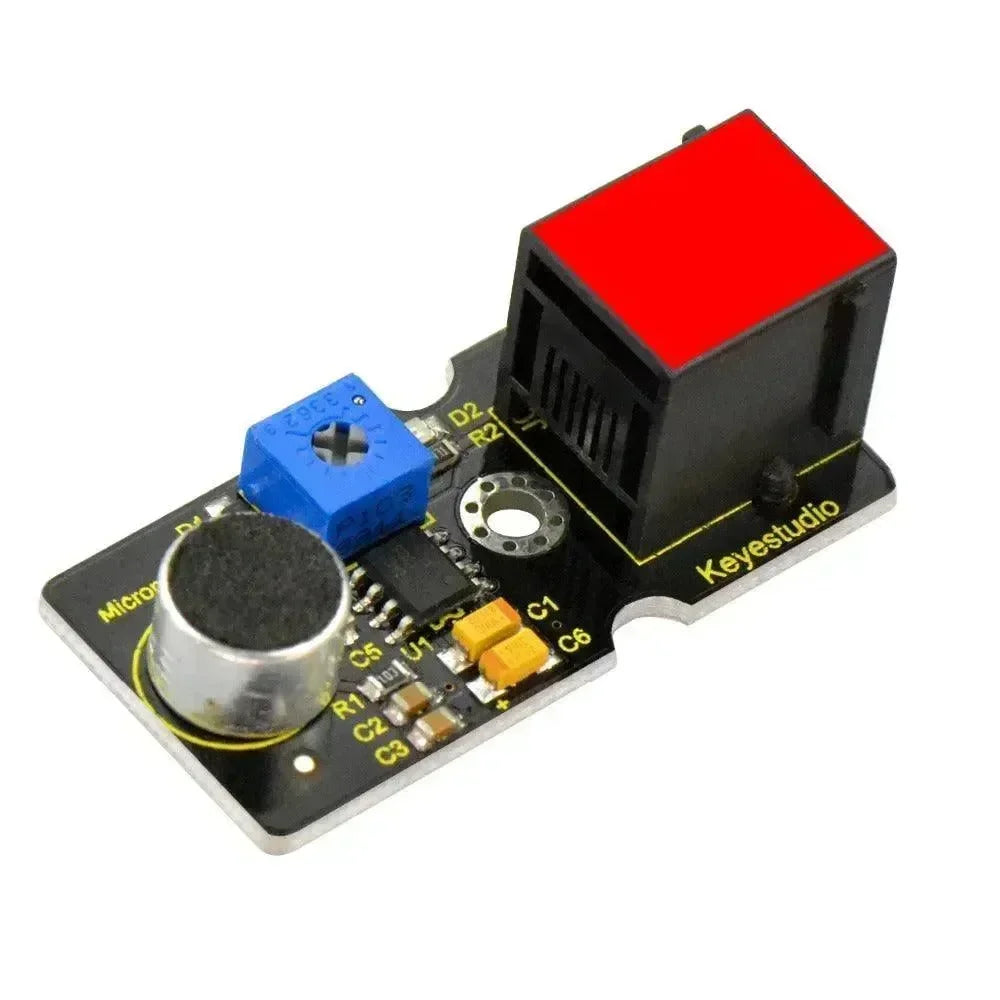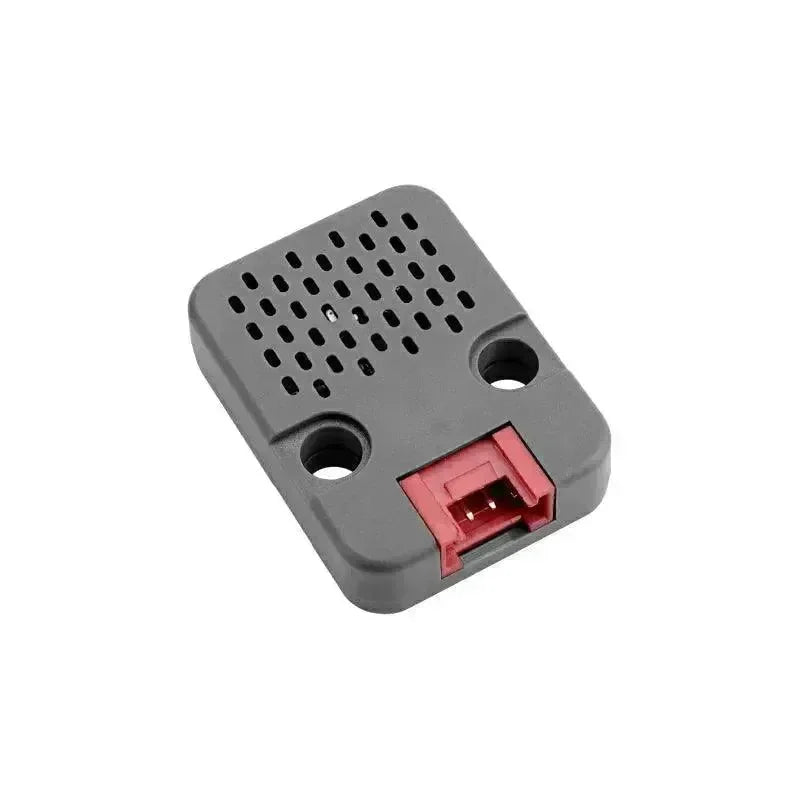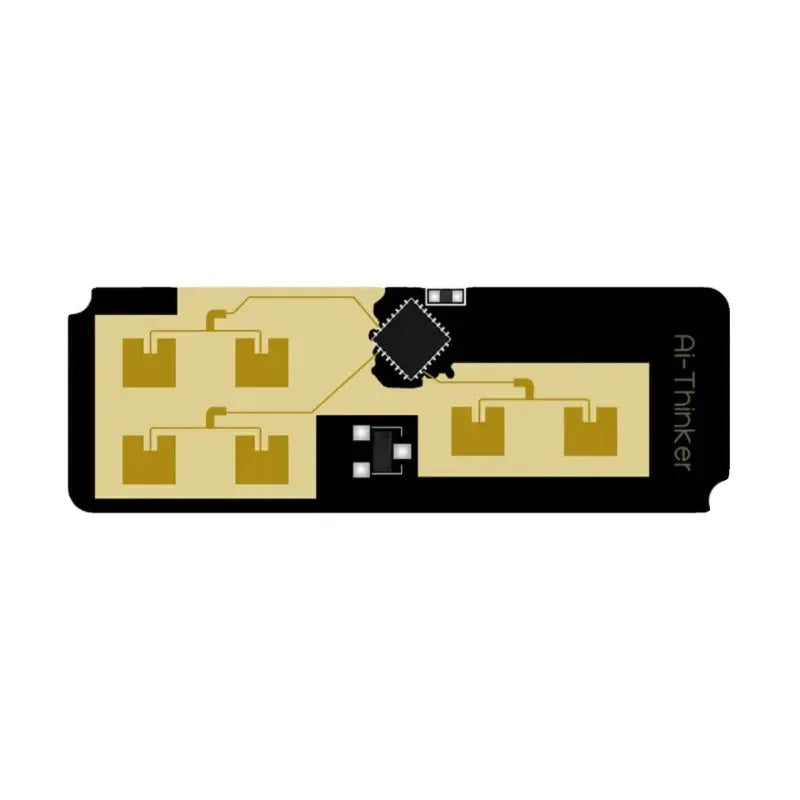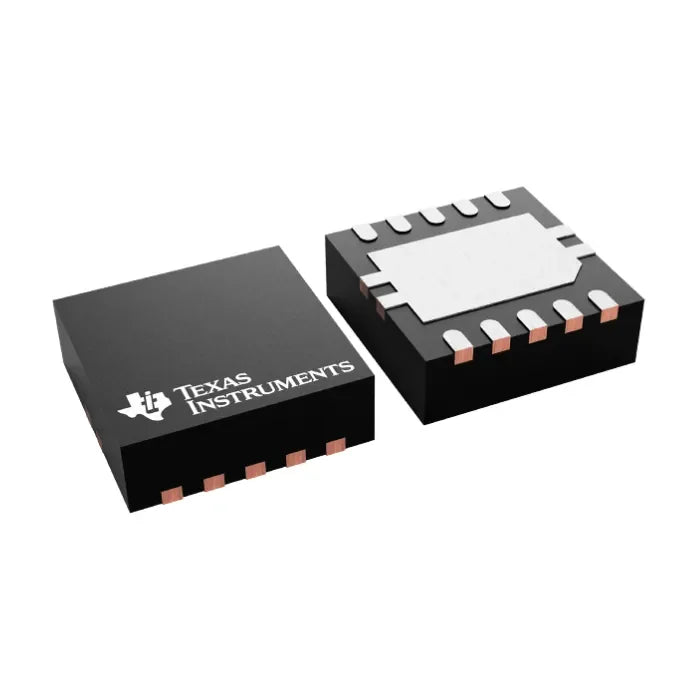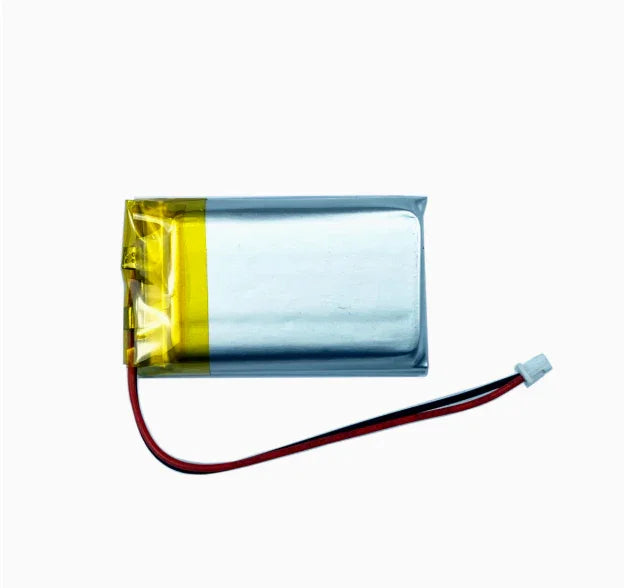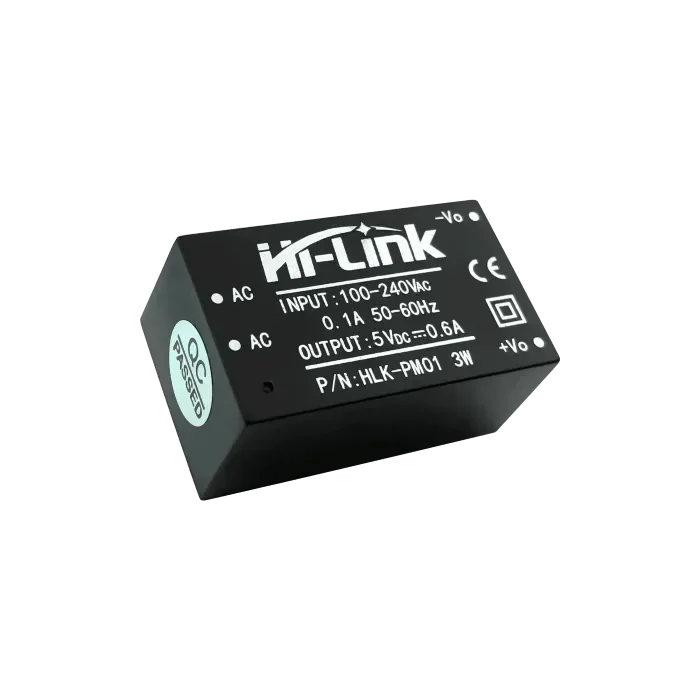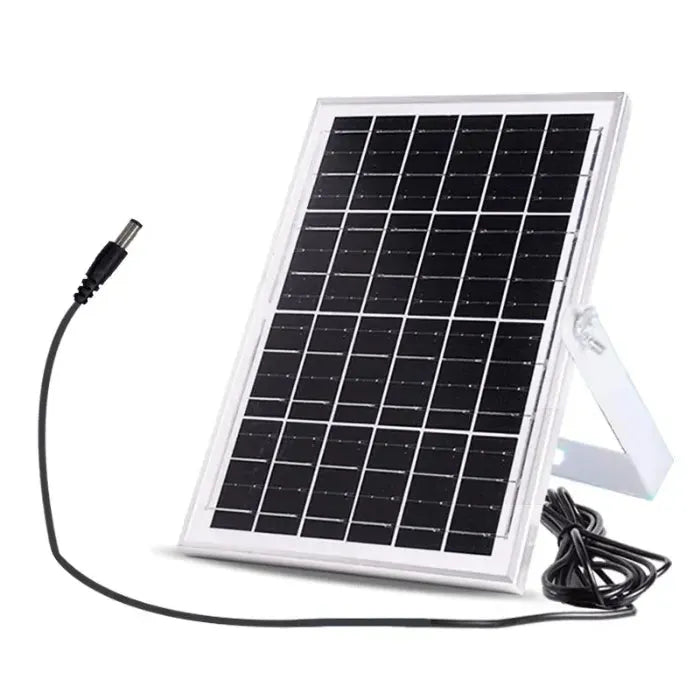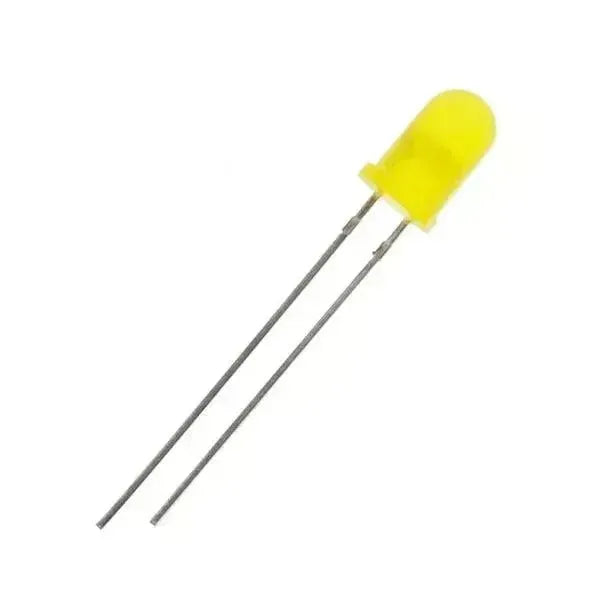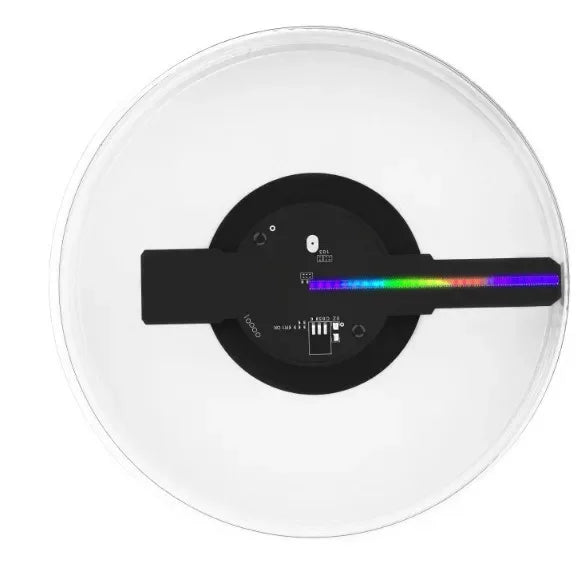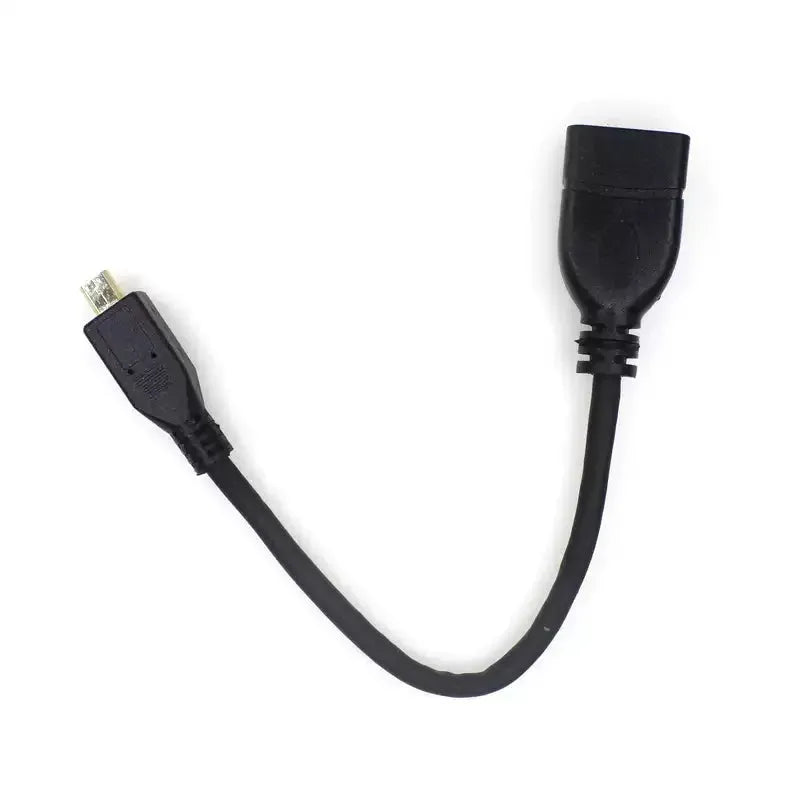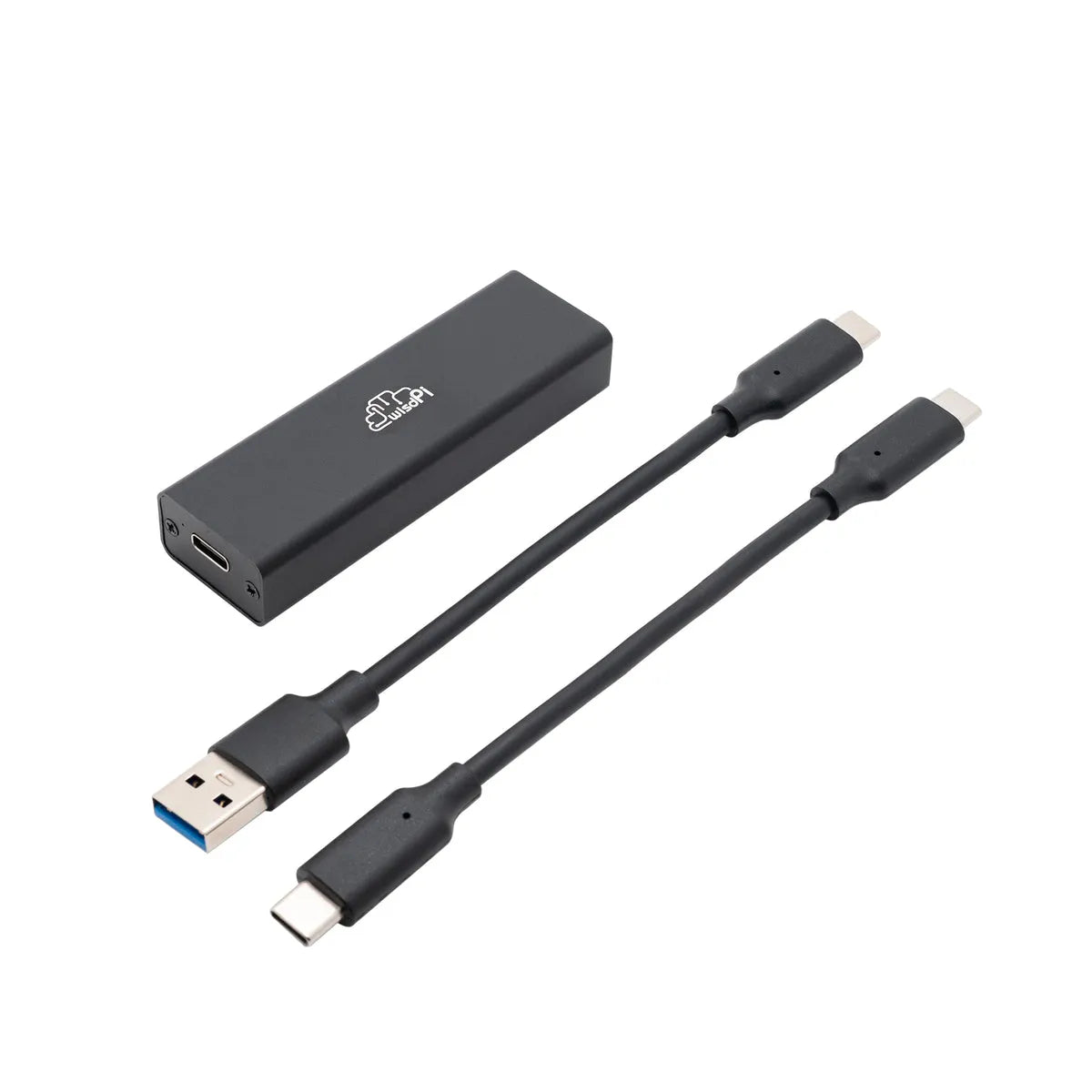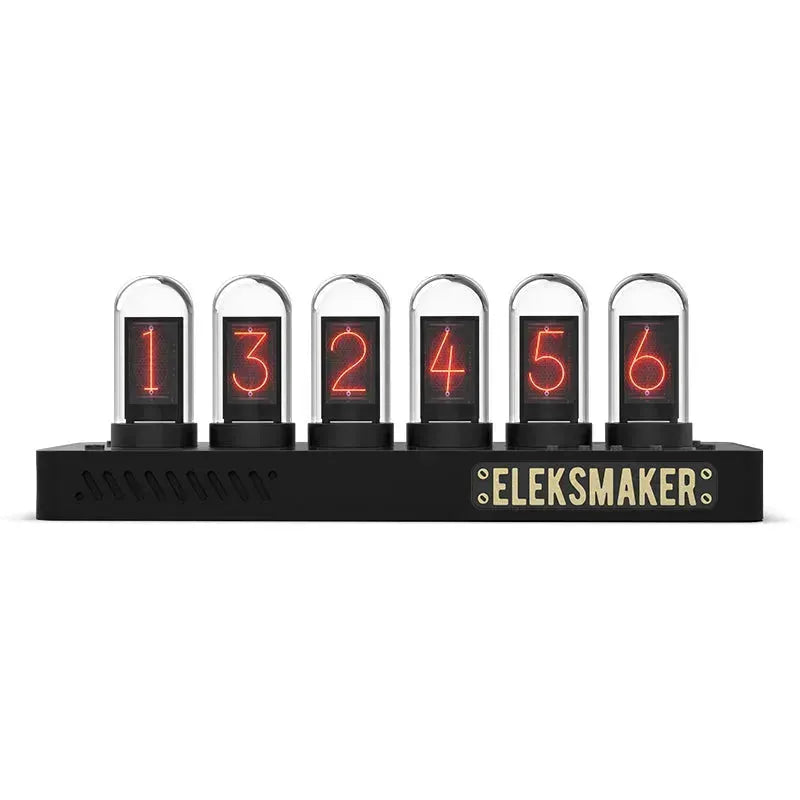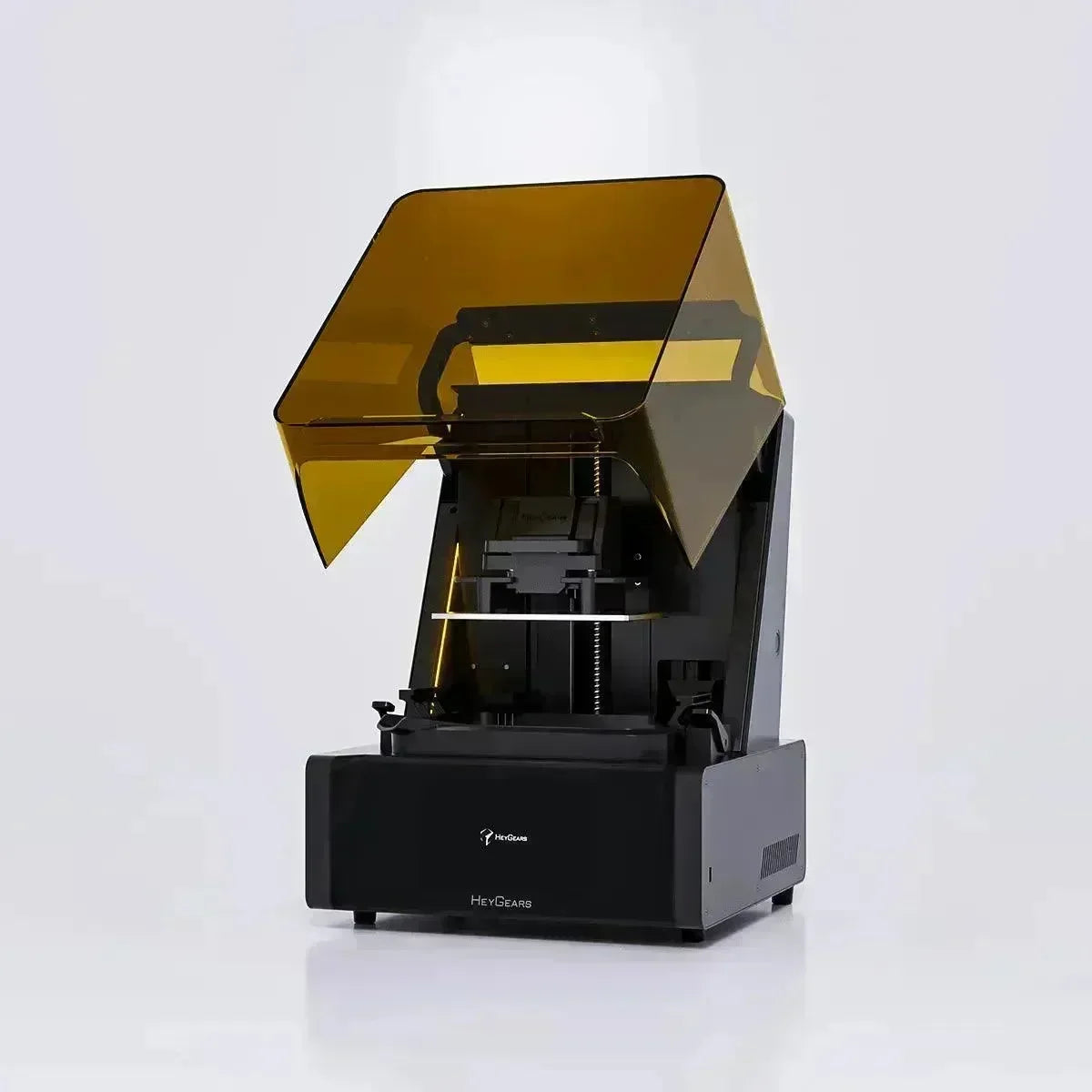3D printing, also known as additive manufacturing, has several technologies for producing three-dimensional objects from digital models. Among these technologies, SLA (Stereolithography), DLP (Digital Light Processing), and MSLA (Masked Stereolithography) are all resin-based 3D printing methods, but they differ in their approach to curing liquid photopolymer resin into solid objects. Here's a breakdown of the differences:
SLA (Stereolithography)
- Process: SLA uses a laser to cure liquid resin into a solid object layer by layer. The laser traces the cross-section of the object onto the surface of the resin, solidifying it.
- Resolution and Accuracy: SLA printers can achieve very high resolution and surface finish, making them ideal for applications requiring detailed and smooth surfaces. The accuracy is often better than other 3D printing technologies due to the precision of the laser.
- Speed: Generally slower than DLP or MSLA because the laser has to trace each layer. However, modern SLA printers with high-power lasers can be quite fast.
- Build Volume: SLA printers can have larger build volumes compared to DLP, but this depends on the specific machine.
- Cost: Typically more expensive due to the complexity of the laser and optics system, but costs are coming down.
DLP (Digital Light Processing)
- Process: DLP uses a digital light projector screen to project an entire layer image at once onto the resin. Each pixel in the projector corresponds to a voxel in the resin, curing the entire layer simultaneously.
- Resolution and Accuracy: While DLP can achieve high resolution, the resolution is limited by the resolution of the projector. The surface finish is generally very good, but might not be as smooth as SLA in some cases.
- Speed: Faster than SLA for the actual printing process because entire layers are cured at once, but setup times and post-processing can still take time.
- Build Volume: Often has a smaller build volume due to the size constraints of projectors, though larger DLP printers do exist.
- Cost: Generally less expensive than high-end SLA printers but can vary widely based on the projector quality and other hardware.
MSLA (Masked Stereolithography)
- Process: MSLA, also known as LCD-based 3D printing, uses an LCD screen to project light through a mask, selectively curing the resin. The light passes through transparent pixels in the mask, which corresponds to the shape of the object layer.
- Resolution and Accuracy: MSLA can offer resolutions similar to or better than DLP, depending on the quality of the LCD screen used. The surface finish is very smooth, comparable to SLA.
- Speed: MSLA printers can be as fast as DLP because they also cure entire layers at once. However, the technology has become known for its speed in consumer-grade printers.
- Build Volume: Similar to DLP, the build volume can be limited by the size of the LCD screen, though larger machines are available.
- Cost: MSLA printers have become very popular in the consumer market due to their lower cost. They provide a good balance between price, print quality, and speed.

Key Differences
- Curing Mechanism: SLA uses a laser, offering pinpoint accuracy but slower printing. DLP uses a projector, curing entire layers at once, potentially faster but with resolution limits. MSLA uses an LCD screen with a mask, providing high resolution at a potentially lower cost.
- Resolution: SLA generally offers the highest resolution, followed by MSLA, with DLP's resolution depending on the projector's capabilities.
- Speed: MSLA and DLP are faster for printing the actual layers, but SLA's total print time can be reduced with high-power lasers.
- Cost: MSLA printers tend to be the most cost-effective for consumers, while SLA printers can be quite expensive due to their precision and the cost of the laser technology. DLP printers fall somewhere in between.
- Post-processing: All three methods require post-processing like washing and curing the printed parts, but the specifics can vary slightly due to different resin types and printing technologies.
Table
Here's a detailed comparison table highlighting the differences between SLA (Stereolithography), DLP (Digital Light Processing), and MSLA (Masked Stereolithography) 3D printing technologies:
| Feature | SLA (Stereolithography) | DLP (Digital Light Processing) | MSLA (Masked Stereolithography) |
| Curing Mechanism | Uses a UV laser to trace the shape of each layer. | Projects an entire layer image using a digital light projector. | Uses an LCD screen with a mask to project light through transparent areas. |
| Resolution | - Very high resolution (up to 25 microns or less)<br>- Excellent surface finish. | - High resolution (dependent on projector quality, typically 25-50 microns)<br>- Good surface finish. | - High resolution (up to 25 microns with high-quality LCDs)<br>- Very good surface finish. |
| Accuracy | Extremely high, often the most accurate of all 3D printing technologies. | High, but can be limited by the projector's resolution. | High, comparable to or better than DLP, depending on LCD quality. |
| Printing Speed | - Slower for large models due to layer-by-layer tracing.<br>- Can be fast for small, detailed prints with high-power lasers. | - Fast for curing entire layers at once.<br>- Can be slower for very large models due to projector refresh rate. | - Generally fast due to curing entire layers at once.<br>- Speed comparable to DLP. |
| Build Volume | Can vary, often larger than DLP and MSLA due to the laser's flexibility. | Typically smaller, limited by projector size. | Varies, often similar to DLP, limited by LCD screen size. |
| Post-Processing | - Requires washing to remove uncured resin.<br>- Post-curing often needed for optimal strength. | - Similar post-processing steps as SLA.<br>- Some resins might require less post-curing. | - Similar to SLA and DLP, but some MSLA printers have integrated wash and cure stations. |
| Resin Types | Wide range of resins available, including flexible, castable, dental, etc. | Similar to SLA, but some resins are optimized for DLP. | Broad range, but some resins might be specifically designed for MSLA printers. |
| Cost | - High initial cost due to laser and optics.<br>- Lower per-part cost for high precision applications. | - Varies, often less expensive than high-end SLA.<br>- Cost depends on projector quality. | - Generally more affordable for consumer-grade printers.<br>- Good value for money considering resolution and speed. |
| Applications | - Jewelry<br>- Dental models<br>- Precision prototyping<br>- Small, detailed parts | - Jewelry<br>- Dental models<br>- Small to medium-sized parts<br>- Educational and prototyping | - Jewelry<br>- Dental and medical models<br>- Prototyping<br>- Small to medium parts with high detail |
| Pros | - Highest resolution and accuracy<br>- Best for small, intricate details<br>- Wide range of materials | - Faster layer curing<br>- Good resolution<br>- Cost-effective for certain applications | - High resolution at a lower cost<br>- Fast printing speed<br>- Growing ecosystem of affordable printers |
| Cons | - Slower for large builds<br>- More expensive setup<br>- Larger post-processing requirements | - Limited by projector resolution<br>- Smaller build volumes<br>- Projector quality can affect print quality | - LCD screens might degrade over time<br>- Can be slower for very large prints<br>- Build volume constraints |
| Software Compatibility | - Most slicers support SLA<br>- Chitubox, PreForm, etc. | - Similar software as SLA, with some optimized for DLP projectors | - MSLA-specific slicers like Chitubox, but also compatible with general resin slicers |
| Market Position | Professional and industrial applications where precision is paramount. | Both professional and consumer markets, offering a balance of speed and quality. | Rapidly growing in the consumer market due to affordability and quality improvements. |
Conclusion
The choice between SLA, DLP, and MSLA depends on your needs:
- SLA is often chosen for its unparalleled accuracy and surface finish, ideal for professional applications where detail is crucial.
- DLP is favored for applications where speed is important, and the resolution is still quite good.
- MSLA strikes a balance between cost, speed, and resolution, making it very popular in both hobbyist and professional settings where budget is a concern but quality is still important.
Each technology has its place in the 3D printing ecosystem, and the best choice depends on the specific requirements of the project at hand.
Recommended Articles

